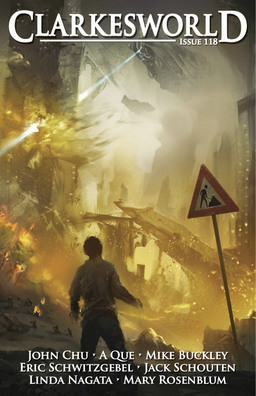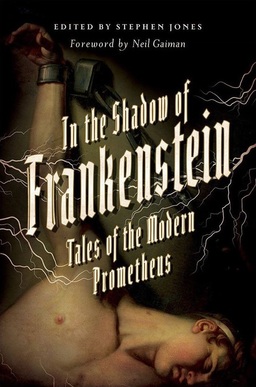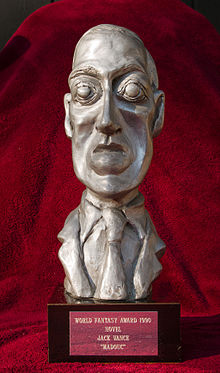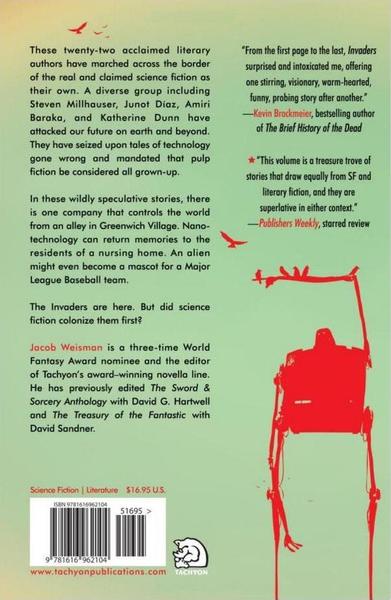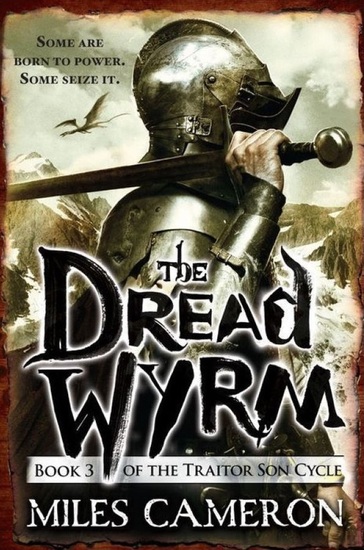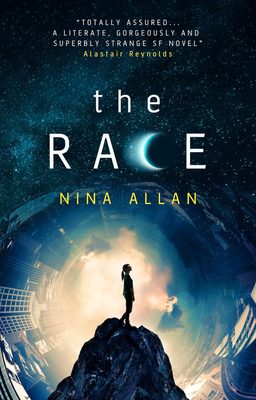The Strange and Happy Life of The Astounding Science Fiction Anthology
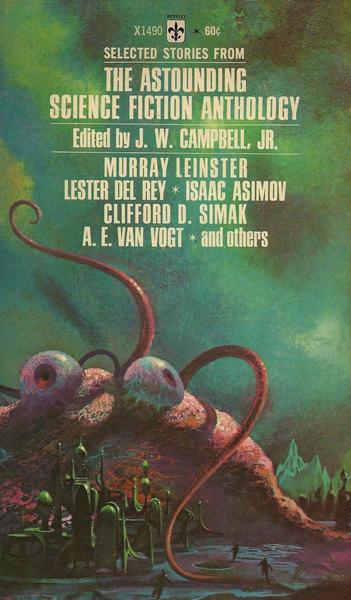 |
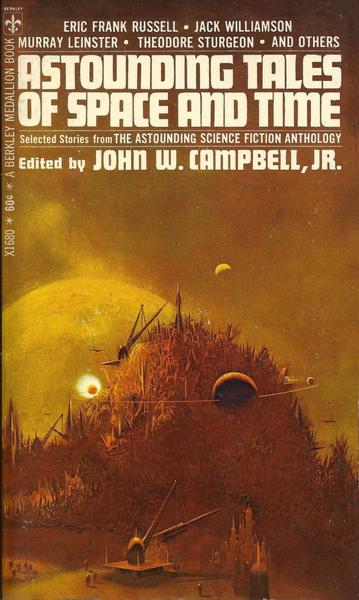 |
The lifecycle of a modern anthology ain’t that complicated. It comes out in hardcover or trade paperback from a small press, stays in print for 5-6 years or so — or until the small press suffers a horrible death, whichever comes first — and then vanishes, popping up thereafter only on eBay and at SF conventions, like a Star Trek action figure.
It didn’t always used to be this way. Used to be that anthologies would appear originally in hardcover, just like real books, and then get reprinted in paperback (also, just like real books). And sometimes those paperbacks would get multiple editions over the decades. (No, I’m not joking. And yes, I know we’re talking about anthologies.)
But go back father than that, to the beginnings of American publishing itself — scholars of this dark and mysterious period are conflicted about actual dates, but in general we’re talking about the 1940s and 50s — and we enter a time when paperbacks had a fixed upper page limit. So how did these primitive cave-dwelling publishers reprint popular volumes, like for example John Campbell’s 600-page beast The Astounding Science Fiction Anthology (Simon & Schuster, 1952), when the typical paperback of the era contained barely 100 pages?
No easy task, but our intrepid publishing forefathers found a way. They broke the book up into two volumes and, because giving them similar names would have been just too easy, gave the paperback editions completely different titles. Thus the groundbreaking hardcover edition of The Astounding Science Fiction Anthology spawned two paperbacks: The Astounding Science Fiction Anthology and Astounding Tales of Space and Time, both of which remained in print in various editions for years, confusing collectors like yours truly for decades. Let’s have a closer look, because I ended up buying all seven of the damn things before I figured out they were all the same book, and they might as well be useful for something.
